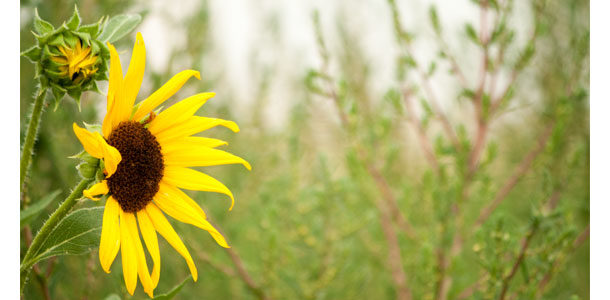Cover crops are reported to be good for many purposes. They can reduce erosion, fix nitrogen, add organic matter, break up hardpan, feed soil microbes, control weeds and improve water infiltration. They might remove excess moisture, keep soils cool or reduce evaporation. Hopefully, they maintain or improve our stewardship of the soil resource and result in improved cropping system profits. It sometimes sounds almost like having your cake and eating it too.
Another potential benefit of certain cover crops is the capture of soil nitrates, retaining the excess nitrogen for use by future crops instead of losing the nitrates to leaching, runoff or volatilization. When these nitrates are retained primarily belowground in the roots, livestock can safely graze or eat hay or silage from the cover crops. However, many cover crops can accumulate nitrates in aboveground tissue, which poses a risk to livestock consuming these crops.
Nitrates accumulation
Many popular cover crops can accumulate nitrates, including cereals like rye and oats, summer forages like sorghums and millets, and brassicas like turnips and radishes. Many weeds, like pigweed, lambsquarter, sunflowers and kochia, are known nitrate accumulators. Legumes like peas, beans, clovers and vetch usually do not accumulate nitrates, but under stress such as drought, hail or a sudden hard freeze the chance that they will have high nitrates increases, at least temporarily.
So, can these cover crops be used as forage? In most situations, yes. While many plants used as forage cover crops can cause nitrate toxicity, most conditions in which they are grown do not lead to excessive nitrate levels. And even when nitrate levels are elevated, the forage often can be used safely if certain precautions are followed.
The key to safe use is a two-step process. First, determine if the growing environment might produce high-nitrate forage. If so, then sample and test the crop for nitrates, and use the test results to guide safe feeding of the forage to livestock.
Weather conditions that stress plant growth – drought, hail, frost or low temperatures – often contribute to nitrate accumulation. Soils receiving heavy applications of manure, mineral imbalances or excessive nitrogen fertilization also increase nitrate risk. When cover crops that are known to accumulate nitrates have been growing under any of these conditions, sample and test for nitrates before using them for forage.
Special sampling methods
The methods used to sample forages for nitrates often need to differ from those used when testing forage quality. Sampling for forage quality seeks to represent the average of the entire lot of forage. With nitrates, though, it often is important to know the worst-case scenario or the highest concentration of nitrates that might be consumed by the animals.
For example, some fields have sites that are more droughty than other areas. Hay harvested from these sites might be expected to contain more nitrates due to drought stress. Samples could be collected just from this hay and tested. Other samples might be collected from the remainder of the hay. If the stressed hay contains potentially risky nitrate levels, it can be separated from the rest of the hay and fed in ways that reduce the risk, such as combining it with a much lower nitrate-containing feed to reduce the overall concentration of nitrates in the diet. Numerous other methods to safely feed high-nitrate forages can be found online or from local extension offices.
Collecting useful samples from fields that will be grazed can be challenging because of selective grazing by the animals. This is especially true when several species or a cocktail mix has been planted. Separate samples could be collected to represent the expected diet, as well as the riskiest diet. Each of these samples will be very subjective, however, and biased according to the sampler’s ability to select the appropriate plants and plant parts. When interpreting the results of the laboratory analysis for nitrate content in these samples and making decisions about the safety of grazing, use extra caution to protect from sampling errors.
Bottom line
Cover crops usually can be very useful and safely fed as forages. However, individual situations can develop risks of nitrate poisoning. Recognize the risks and take proper precautions to avoid livestock losses while using valuable forage from cover crops. FG
PHOTO
Sunflowers are among several known nitrate accumulators, including sorghums, millets, turnips and radishes. Even with elevated nitrate levels, these cover crops can safely be used as forage if certain precautions are followed. Photo by Jennifer Janak.
Bruce Anderson, Ph.D., is an agronomy and forage specialist for the University of Nebraska – Lincoln.









